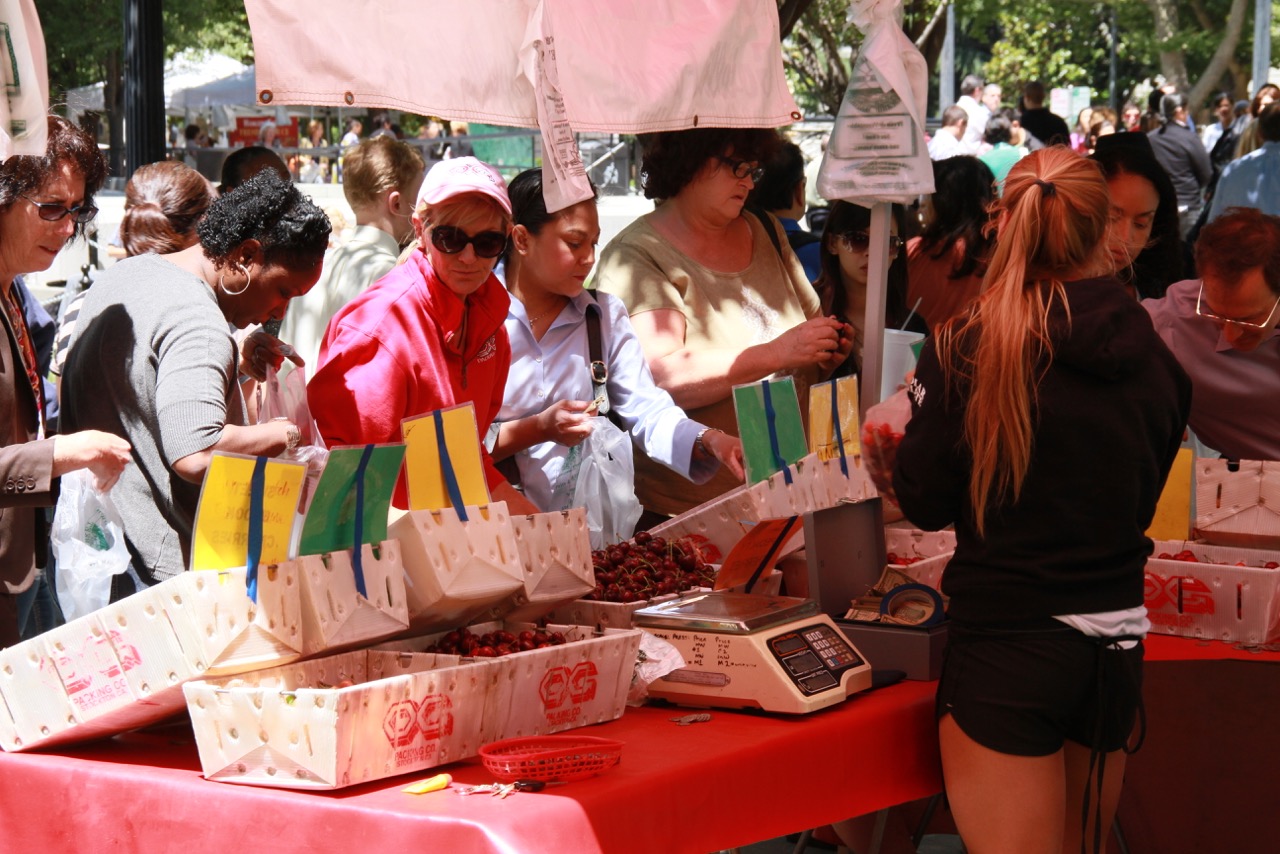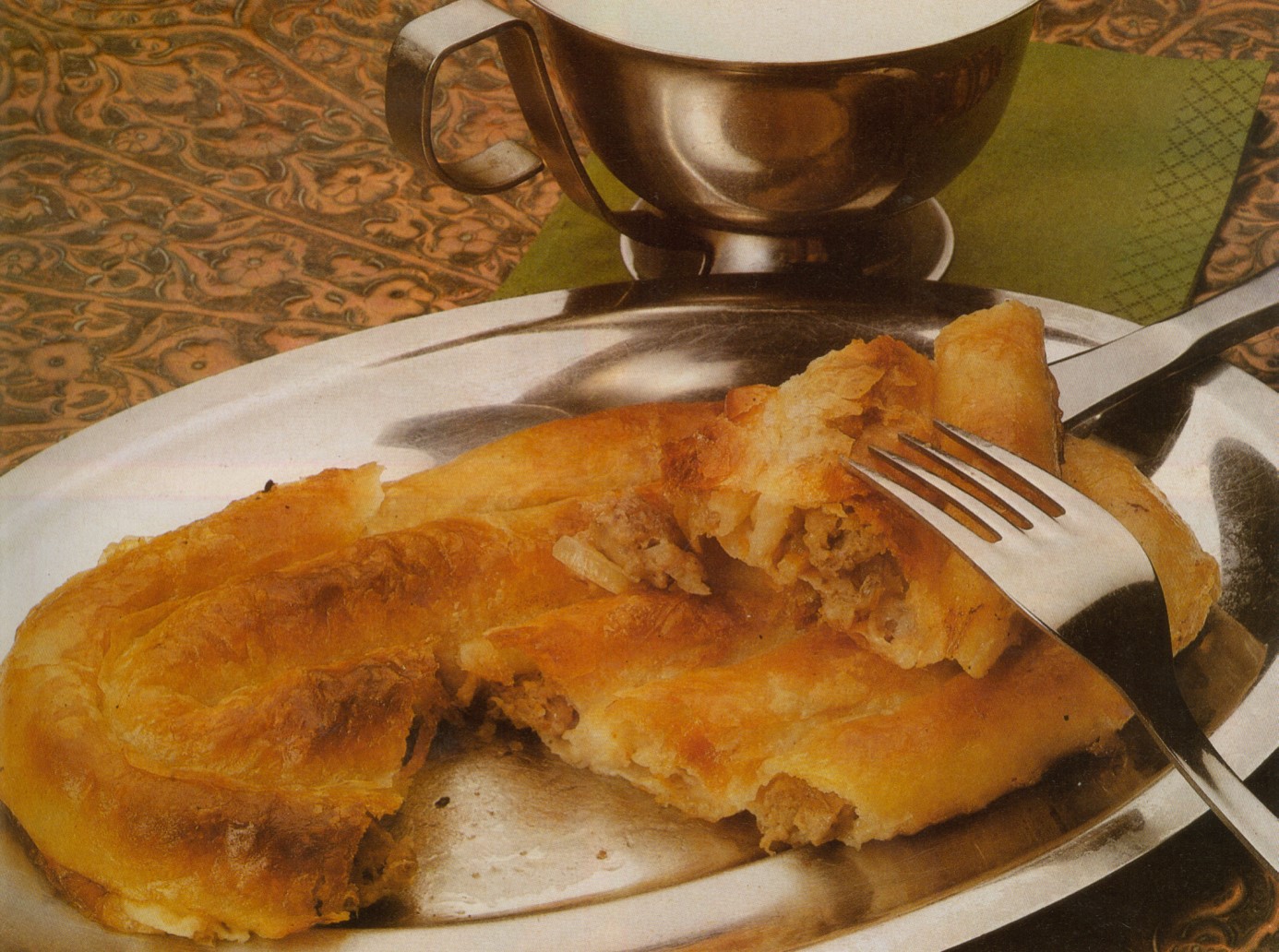Constructing a Farm-to-Fable

Charlotte Biltekoff in a recent blog entry notes, “The foodworld is abuzz with the promise of transparency.” The premise is that new trends in food marketing better inform consumers about where and how their food is produced. And as Biltekoff considers, transparency creates further complexity. Certainly, “eating local” similarly supports the notion of transparency in the food system. My objective here is to examine how urban branding around “eating local” shapes the urban landscape. I focus on the city of Sacramento, California to illustrate the ways in which the city council and restaurateurs tacitly employ the notion of food transparency to upgrade the urban landscape to accrue capital. In 2013, Mayor Kevin Johnson declared Sacramento “America’s Farm-to-Fork Capital.” The marketing…



